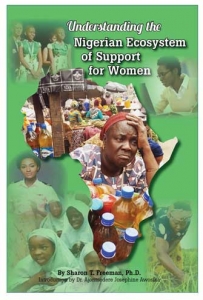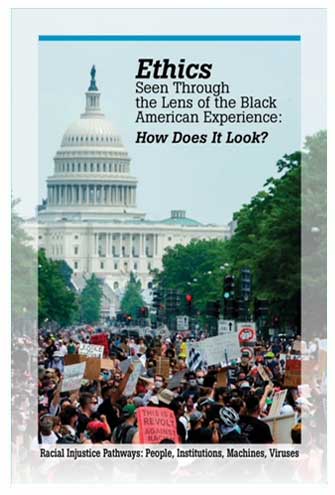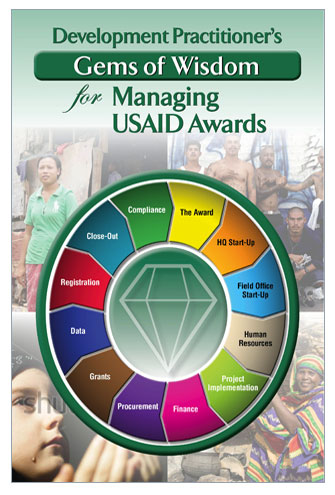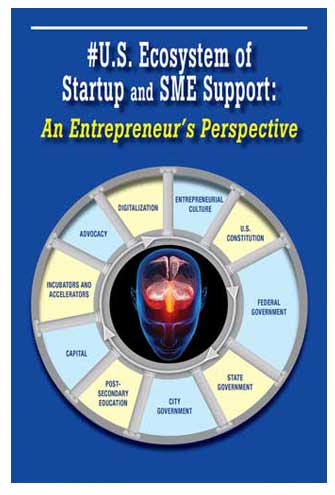 We are pleased to announce our new book, Understanding the Nigerian Ecosystem of Support For Women!
We are pleased to announce our new book, Understanding the Nigerian Ecosystem of Support For Women!
I have written this book because Nigerian women and their fate are important, as is the fate of Nigeria. Their fates are intertwined and what happens in their future together matters not only to themselves, but to Africa and to the world. As the cover of this book conveys, unless that woman in the center, who is representative of the many is sorted out, what happens to the few lucky ones pales in comparison. While it might not be possible to transform her life at this point, what should be avoided at all costs is the perpetuation of circumstances that landed her in this condition.
This book aims to illuminate important issues about the Nigerian ecosystem of support for women. While the book has six chapters that delve into critical issues in their respective domains, the topic is very big and there are many perspectives about the 5Ws—what, where, who, why, & when—and about how the condition of women has come to be what it is? Nigerian scholars have shed light on many of the answers to these questions and to the extent possible some of their analyses have been incorporated in the chapters of this book.
The hope is that this book begins an even deeper conversation about the ecosystem of support for women in Nigeria than can be conveyed in these relatively few pages; more importantly, the goal is for this book to inflame the fire within the Nigerian citizenry to demand that the condition of women be improved. The point is repeatedly made within this book that as females comprise half of the population of the nation, half of its potential also lies with them. If women are not educated, healthy and empowered, their full potential cannot be realized and neither can that of the nation.
As the conversation continues about the Nigerian ecosystem of support for women among stakeholders and readers, the importance of moving beyond an analysis of the “enabling environment for women” is underscored emphasizing the need to instead move toward an ecosystem analysis. The difference is that “an enabling environment” focus tends to see things from the top down, whereas an ecosystem approach emphasizes the interconnection between things in a dynamic interplay from all angles. This book demonstrates:
…that a brilliantly designed thing unto itself has no meaning; it is only when it interacts with other systems and structures that its true merits, brilliance, and viability can be determined.
Understanding the condition of women from an ecosystem perspective begs the question of how things work together?
Metaphorically speaking, it’s understood that just as the complex biological system of soil, water, sunlight, flora, and fauna in a rainforest allows individual plants to flourish, so too is the ecosystem of support for women essential for enabling women to flourish. Viable, appropriate, and supportive ecosystems allow information and resources to flow quickly to women as they need it.
The “pieces of ecosystem pie” that this book has covered tell only part of the story; there are undoubtedly additional pieces, but it’s a start. Other insights and voices can be added and are plentiful in the literature; the main contribution of this book is in pulling them together. Nigerian scholars are brilliant and know much more than can be captured in the pages of this book. It is hoped that this book can form a basis for further conversations that include not only their voices, but also those of Nigerian women and their supporters and stakeholders with lived experience in the situation.
This book is available directly from the author and publisher at www.gemsofwisdomconsulting and from Amazon.





